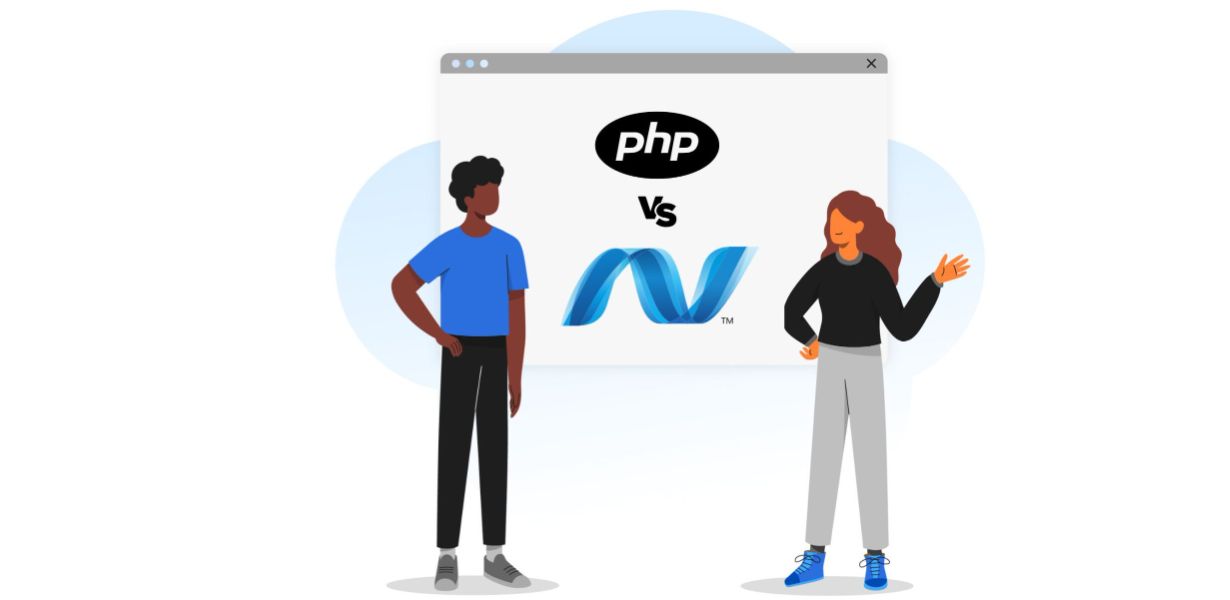
Supercharge Your Web Development with Semantic UI: Latest Tools and Techniques
- Post
- August 7, 2023
- Front-End Frameworks, Semantic UI, Web Development
- 0 Comments
Semantic UI has taken the web development realm by storm, offering a robust and intuitive framework for creating elegant user interfaces. Gone are the days of convoluted code and endless design tweaks. With Semantic UI, you’ll discover a treasure trove of pre-designed elements that seamlessly integrate into your projects, saving you both time and effort. Whether you’re a seasoned developer or just embarking on your coding journey, Semantic UI empowers you to bring your creative visions to life without the hassle.
The Power of Semantic UI Icons
Icons are the visual language of the web, conveying meaning and enhancing user experience. Semantic UI Icons, a specialized icon library within the framework, provides an extensive collection of customizable icons that can effortlessly be integrated into your projects. From social media buttons to navigation indicators, Semantic UI Icons add that extra flair that captures your user’s attention. These icons are not just eye candy; they contribute to the overall user flow and help convey information in a visually appealing manner.
Harnessing the Semantic UI CDN
Speed is of the essence in the digital world, and the Semantic UI CDN (Content Delivery Network) is your ally in achieving optimal performance. By utilizing the CDN, you can offload the hosting of Semantic UI’s CSS and JavaScript files, reducing the load on your servers and ensuring lightning-fast page load times. This not only enhances user satisfaction but also positively impacts your website’s search engine rankings. Incorporating the Semantic UI CDN is a smart strategy for supercharging your website’s speed and efficiency.
Crafting Responsive Designs with Semantic UI Grid System
Responsive design is no longer a luxury but a necessity, given the myriad of devices and screen sizes users utilize. Semantic UI’s Grid System simplifies the process of creating responsive layouts that adapt seamlessly to various screens. With a intuitive syntax and flexible column configurations, the Grid System empowers you to craft visually pleasing and functional designs that look fantastic on both desktop and mobile devices. Say goodbye to complex media queries and hello to a fluid and dynamic user experience.
Styling Made Effortless with Semantic UI Theming
Customization is at the heart of every great website, and Semantic UI’s Theming capabilities make styling a breeze. Whether you’re a design enthusiast or simply need to align the aesthetics with your brand identity, Semantic UI’s Theming system provides you with an intuitive way to modify colors, fonts, and other visual elements. With a comprehensive range of variables and options, you can effortlessly achieve the desired look and feel without delving into the intricacies of CSS.
Creating Intuitive User Interfaces with Semantic UI Components
User interfaces are the gateway to your website’s functionality, and Semantic UI Components offer a treasure trove of pre-built elements that streamline the UI creation process. From navigation bars and buttons to modals and dropdowns, these components are designed with user experience in mind. The intuitive documentation and ready-to-use code snippets enable you to implement complex features with ease, ensuring a seamless and engaging journey for your visitors.
Navigating the Semantic UI Documentation
Embarking on a journey with Semantic UI is akin to having a knowledgeable guide at your side. The framework’s documentation is a goldmine of information, providing clear explanations, examples, and usage guidelines for every component and feature. Whether you’re a beginner seeking step-by-step instructions or an experienced developer looking to explore advanced functionalities, the Semantic UI documentation is your trusty companion. Make the most of this invaluable resource to unlock the full potential of the framework.
Leveraging Semantic UI for Accessibility
Inclusivity is a core principle of web development, and Semantic UI is committed to creating accessible experiences for all users. The framework adheres to web accessibility standards, ensuring that your websites are usable and navigable by individuals with disabilities. With Semantic UI, you’re equipped to build interfaces that are not only visually appealing but also functional and welcoming to every user, regardless of their abilities.
Staying Up to Date with Semantic UI’s Latest Advancements
The world of web development is in a constant state of evolution, and Semantic UI keeps pace with the latest trends and technologies. Regular updates and enhancements ensure that you have access to cutting-edge tools and features that elevate your projects. By staying connected with the Semantic UI community and actively participating in discussions, you can tap into a wealth of knowledge and insights that keep you at the forefront of the web development landscape.
Final Words
In the dynamic landscape of web development, Semantic UI stands as a beacon of innovation and efficiency. By incorporating this powerful framework into your workflow, you’re equipping yourself with the tools and techniques needed to create stunning, responsive, and accessible websites. From icons to grids, theming to components, Semantic UI offers a holistic solution that empowers you to bring your creative visions to life. Embrace the world of Semantic UI and embark on a journey of limitless possibilities.
Commonly Asked Questions
What is Semantic UI, and how does it differ from other frameworks?
Semantic UI is a user interface framework that prioritizes clean, semantic HTML and provides a comprehensive set of pre-designed components for building stylish and functional websites. Unlike other frameworks, Semantic UI places a strong emphasis on intuitive class names and easy customization.
Can I use Semantic UI with other front-end libraries or frameworks?
Absolutely! Semantic UI is designed to be flexible and can be seamlessly integrated with other front-end libraries like jQuery and React. This allows you to leverage the best features of each technology to create dynamic and engaging web experiences.
Does Semantic UI support mobile-first design?
Yes, Semantic UI fully supports mobile-first design principles. Its responsive Grid System and adaptable components make it easy to create layouts that look great on mobile devices and scale up to larger screens.
Is Semantic UI suitable for beginners or only experienced developers?
Semantic UI is suitable for developers of all skill levels. Its intuitive syntax, comprehensive documentation, and pre-built components make it beginner-friendly, while its advanced theming and customization options cater to the needs of experienced developers.
How does Semantic UI contribute to better search engine optimization (SEO)?
Semantic UI’s emphasis on semantic HTML and structured markup inherently contributes to better SEO. Search engines can better understand the content and context of your website, leading to improved visibility and search rankings.



